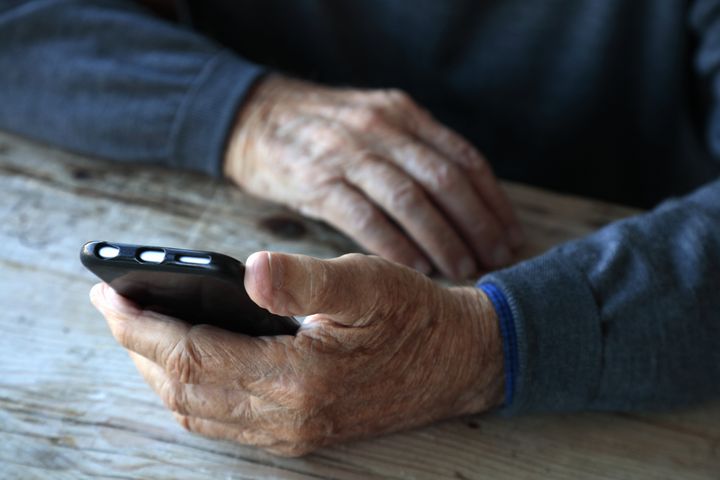
In recent years much has been written about the damaging effects of technology – the addictive nature of social media, the impact it can have on mental health, and how being constantly online could potentially damage our social skills. And while a lot of this is true, it’s impossible to deny the benefits that technology has for those who have used it to its full potential - it allows us to be more efficient, better connected, to stay in touch with friends and family who might be scattered all over the globe, across a number of time zones.
It is also a lifeline for those who are forced into loneliness or isolation, whether because of their age, health, or other circumstances outside of their control. Existing technology is undoubtedly a great solution for those of us who have been using it on a daily basis, growing and developing alongside the tech, but how many of us faced the frustration of trying to introduce an iPad, or smartphone, to our parents or grandparents, and faced outright refusal? They are arguably one of the loneliest generations – with 1.9million seniors reporting feeling lonely and ignored in the UK alone – so why are they so reluctant to adapt to new technologies?
To really understand the reluctance the older generation has when being faced with new communication tools and technologies, we need to look at the different ways in which we, and they, communicate. I am sure that in the course of the day, you’ve fired off a number of emails, WhatsApp messages, and Instagram or Facebook comments, receiving instant responses, or likes, in return. Our parents’ generation isn’t used to, and doesn’t expect or want this. Our parents are of a generation that still remembers writing letters and waiting weeks to hear back. They make the effort to schedule calls, and set aside time for a proper catch up. That’s the way they choose to communicate, this is what’s easiest for them; but for us? We are too busy to schedule time for a call, we would rather message on-the-go, and read the response at our leisure.
This is where the first difficulty comes into play – our methods and expectations are so vastly different, that we end up isolating the older generation. So, what do we need to do to become more synced? Blend the communication strengths and preferences of both generations into one tool that will work across the board. We need to combine the instant communication that our generation has perfected with the reflective and less-pressured way that our parents prefer to receive information.
Just as we need to understand each generation’s motivation for choosing to communicate in the way that they do, we also need to explore the weaknesses of current tools designed to keep us better connected. Unfortunately, up until very recently, communication tools and solutions have been designed with, and for, the young; completely ignoring the changes that age can cause.
Fortunately, this is now changing – as we conducted research for our own senior communication device, KOMP, we realised how different the needs of our parents are to our own. For example, it is unfair for us to expect our parents to embrace touchscreen technology – many seniors will develop a dry and leathery fingertips, making a touchscreen significantly more difficult to use. This realisation hasn’t been limited to us – more and more companies will produce ‘brick phones’, which don’t rely on touchscreens and are instead controlled through easily seen buttons.
Similarly, age can affect our senses, such as sight and hearing, again, something that is being addressed by companies worldwide. Clearer sound and image are a must for most new gadgets, with the option to maximise volume and increase text size readily available for those who need it. We also need to be mindful of the fact that, while remembering logins and passwords may come naturally to us, for some, such details can be daunting, or confusing, leading them to avoid using a specific device entirely.
While these insights have helped me build better tech, I have no doubt that they could help the consumer, too. The above can, and arguably should, serve as a solid foundation for ‘specs’ to be aware of when looking for communication tools and devices for your parents. I strongly believe that to genuinely be able to put yourself in their shoes, you need to understand the limitations that age can bring but, more importantly, how they like to communicate. Only then can you introduce a tool that will be used, and used regularly, with passion and dedication.
After all, none of us want to think that our parents are lonely, and the first step to making sure they aren’t, is to truly listen to them and their unique needs. They are our parents, and we their children, which fundamentally always means one thing – they are always right!
Karen Dolva is founder of No Isolation, an Oslo-based start-up founded which aims to reduce loneliness and involuntary social isolation through tech
